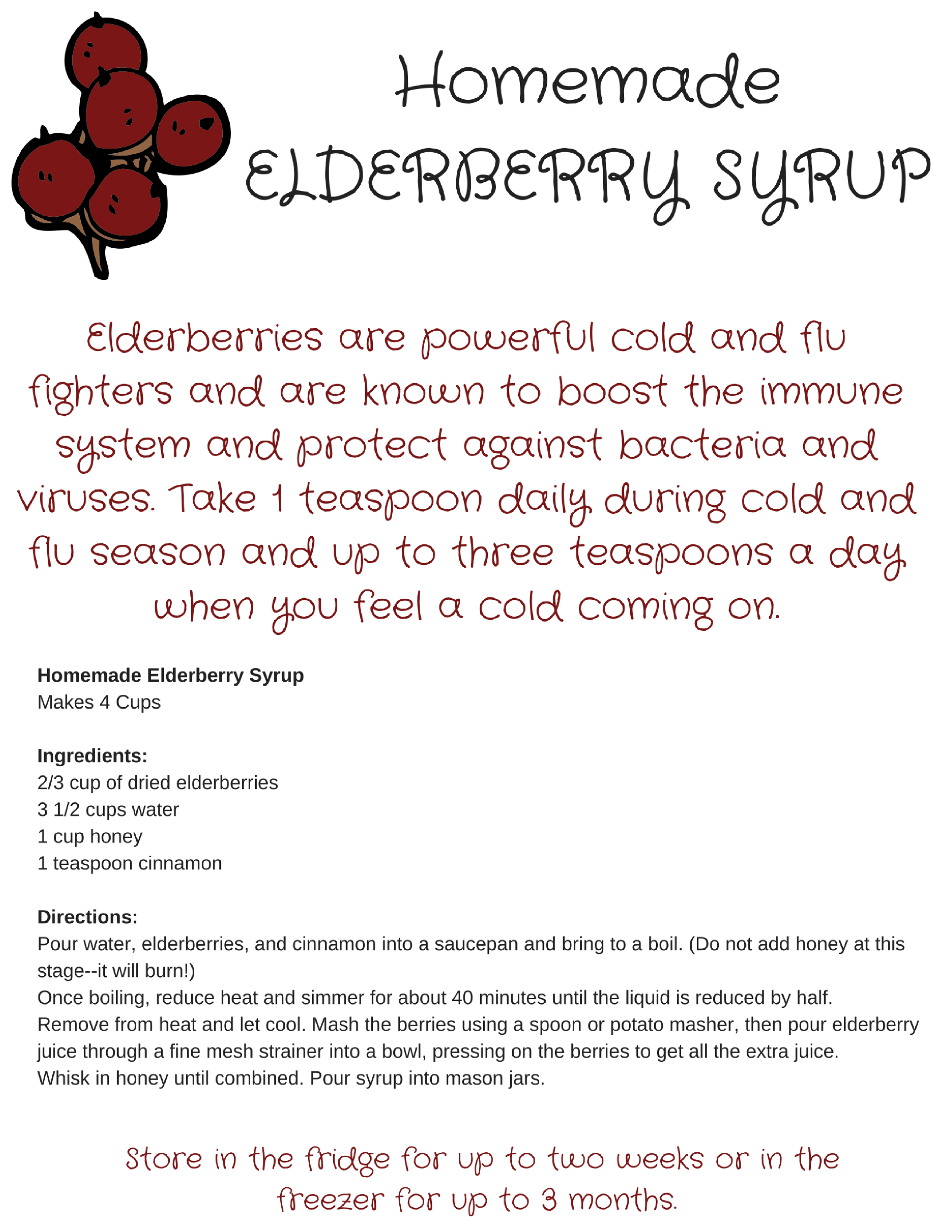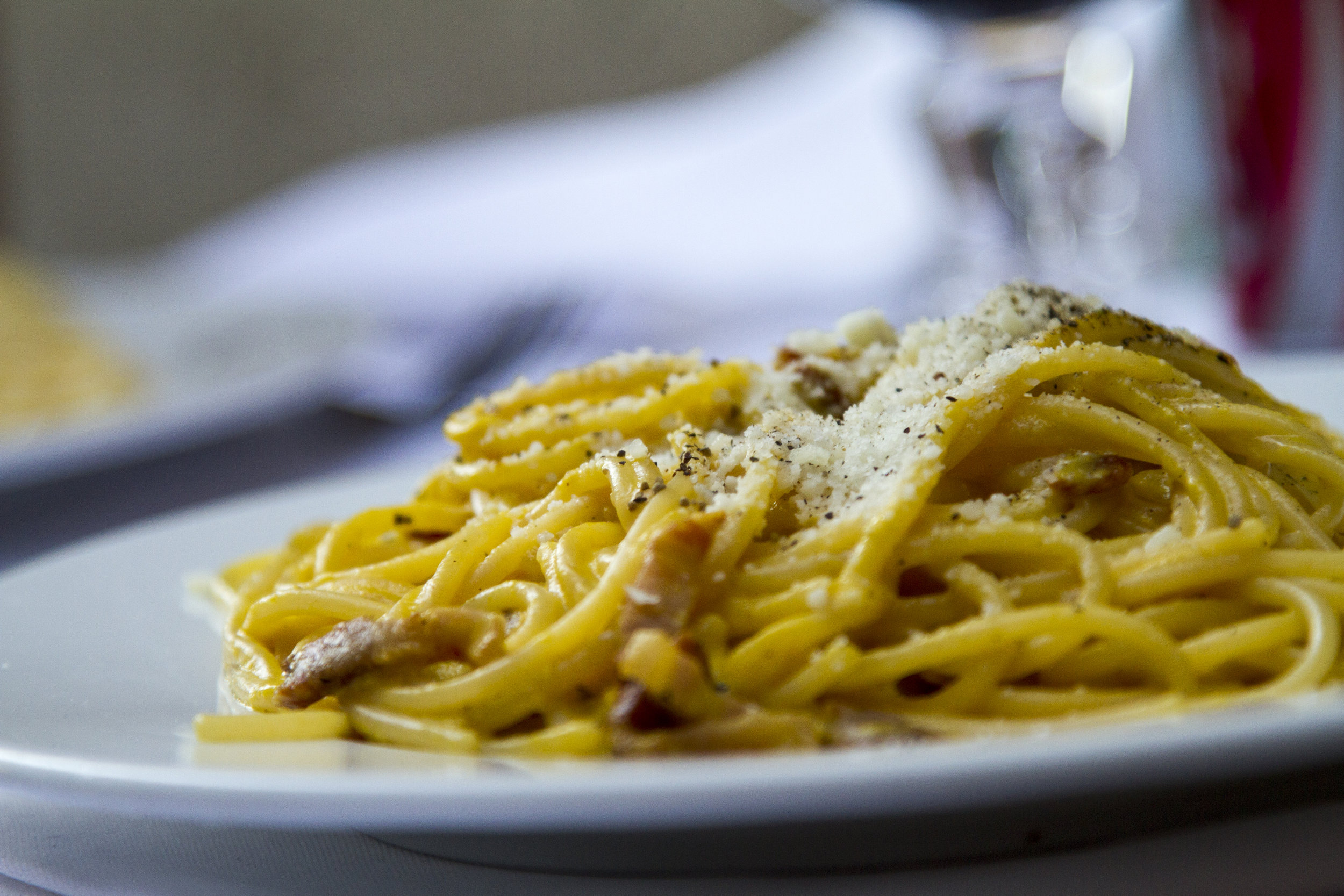Macaroni Pie
/On our table at the holidays, my family rarely remains married to any one particular dish. We don't live by rules that say we have to eat THIS on Christmas, and THIS on Mother's Day, and so on. In fact, most of our holiday meals are new recipes that just sound really good but that we would never have time or energy to make on a normal Tuesday; a porchetta that takes 2 days to marinate in the fridge or a baked french toast with homemade berry sauce would never fit into my weekday routine. This recipe, however, is the exception in being both traditional and unfancy. Macaroni Pie--which isn't a pie at all, but more a combination of spaghetti, eggs, and an ungodly amount of cheese--has appeared on our Italian family's Easter table for generations. My grandmother learned the recipe from her mother, who learned it from her mother, and so on. And with a short list of humble ingredients and a prep time that's as long as it takes for water to boil, it's proof that simplicity often wins.
We only see this recipe once a year, and I never understand why. It's a comfort food that everyone can agree on. Adults love that it tastes like a baked version of cacio e pepe. And try arguing with your kid to taste a food that contains both Macaroni and Pie in its name. Additionally, the recipe can be made even more convenient by baking single servings in muffin tins, rather than in one baking dish as I do in the recipe below.
Either way, I hope you enjoy it!
Macaroni Pie
Serves 16
Ingredients:
1 pound spaghetti
1 dozen eggs
2 cups shredded parmesan (get the good stuff) OR pecorino romano cheese
1 tablespoon ground black pepper (Yes, that's 1 full tablespoon, but you can reduce to 2 teaspoons if you prefer)
Directions.
Preheat oven to 400 degrees. Generously butter a 9x11 inch cake dish. Set aside.
In a large pot, bring salted water to a boil and add spaghetti. Cook pasta 2 minutes less than its suggested cooking time (pasta will continue to cook in the oven).
While you're waiting for the water to boil: In a large bowl, whisk together eggs, cheese, and pepper. Add drained pasta to the bowl and mix together until combined (two forks or tongs usually does the trick). Pour into pan and spread evenly.
Cover with foil, and bake for 35 minutes. Remove foil than bake for 10 minutes more until the top gets nice and crunchy. Let cool for 15 minutes and then cut into 16 slices.
Notes:
*This can be made up to three days in advance. Reheat, covered, in a 350 degree oven for 10-15 minutes.
*If you're making this in muffin tins, we recommend parchment liners to prevent stickage. Also, to make filling easier, add the cooked spaghetti directly to the muffin cups and then use a measuring cup to pour the mixture over the pasta. Reduce cooking time to 20-25 degrees covered and then an additional 5-10 minutes uncovered.





 .
.





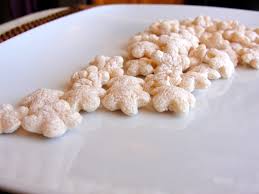

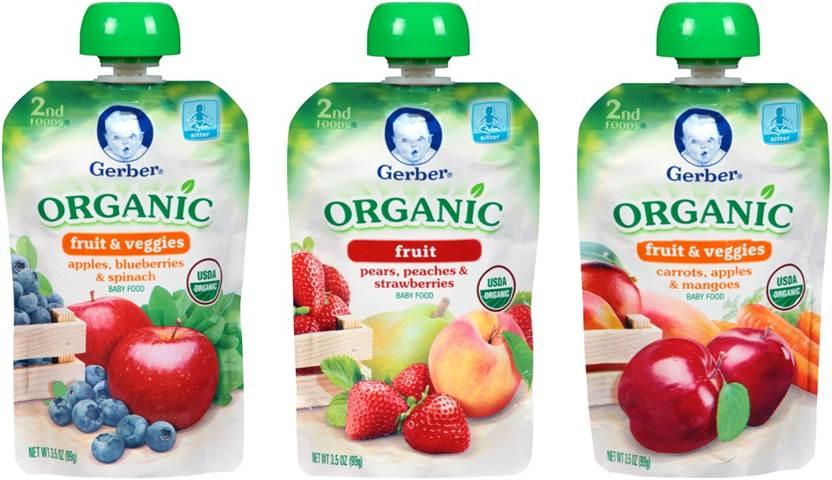
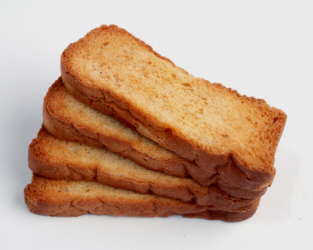




 ), but it's much more cost efficient (and easy enough) to make your own at home. (And if you're looking at multiple teachers), you could make 10 bottles for the cost of 1 bottle that you'd buy at the store.
), but it's much more cost efficient (and easy enough) to make your own at home. (And if you're looking at multiple teachers), you could make 10 bottles for the cost of 1 bottle that you'd buy at the store.
